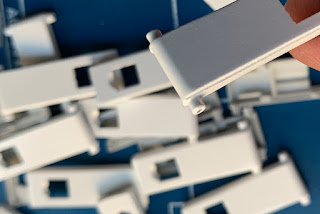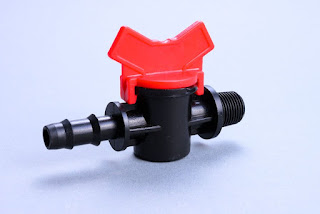ABS Injection Molding: A Guide to the Process
ABS is a popular thermoplastic polymer material used in injection molding. It is made of acrylonitrile butadiene styrene. It is affordable and simple to mold. This kind of procedure is typically employed in consumer products and electronic parts. Because ABS injection molding is not weather and UV-resistant, it might not be the greatest option for outdoor products. However, there are additives in the ABS cheap plastic injection mold process that can assist increase its resistance to exposure to sunlight and the elements.
Describe ABS
plastic.
Acrylonitrile butadiene styrene is known as ABS. The material is heat- and chemical-resistant thanks to acrylic acid. The organic substance butadiene provides toughness and impact resistance. Styrene is a substance that gives plastic products their gloss, strength, and processability.
Can ABS injection molding be done?
ABS injection is a popular molding material and can be molded. The three primary components of ABS result in terpolymer, which is a strong mix of characteristics. Additionally, filler materials can be added to injection-molded ABS to strengthen the plastic component and increase its resistance to ultraviolet light.
ABS
injection molding versus HIPS
By incorporating butyl rubber particles with polystyrene, high-impact polystyrene (HIPS) is produced. HIPS is an impact-resistant polystyrene product. HIPS is among the least expensive engineering plastics, but when compared to ABS, the material performs poorly and has a lower gloss. HIPS has a stronger impact resistance than other materials, although it falls short of ABS in terms of durability.
ABS vs.
nylon injection molding
Nylon is a relatively resilient substance that
can resist temperatures higher than ABS. Both of these plastics are engineering
plastics, similar to HIPS, although they differ in a few important ways.
Compared to ABS, nylon is more expensive. Both plastics have smooth surfaces
and lower melting points than nylon, although nylon's surface has low friction.
ABS has a lower melting point than nylon. Nylon is more resistant to chemicals
than ABS. Nylon may flow more readily with lower viscosity and its good
lubricity results in higher wear resistance.
The majority of ABS resins are naturally opaque to translucent. They can be made in grades that are translucent as well. For extrusion, blow molding, foam molding, injection molding, and thermoforming, these grades are readily available. However, it is significant to remember that transparent ABS lacks the same degree of heat or impact resistance as higher grades of ABS. On the other hand, clear ABS can perform better in terms of impact and heat resistance than SAN, PMMA, and polystyrene.
Benefits Of
ABS Plastic Injection Molding
ABS plastic injection molding
solutions are a popular manufacturing process for creating a wide
variety of plastic products. ABS plastic is a strong, durable material that is
easy to mold and shape. It is also resistant to heat and chemicals, making it
an ideal choice for a variety of applications.
There are many benefits of ABS plastic cheap injection molding, including:
-ABS plastic is strong and durable
-ABS plastic is easy to mold and shape
-ABS plastic is resistant to heat and chemicals
-ABS plastic is affordable
-ABS plastic is widely available
If you are looking for a strong, durable, and
affordable plastic material for your next project, ABS plastic injection
molding is a great option.
Moulding Injection
offers ABS injection moulding services.
Moulding Injection is an injection molding maker that provides a variety of injection molding services in addition to others. As a full-service plastic injection molding contract maker, we always act honorably and work to serve our client's interests.


Comments
Post a Comment